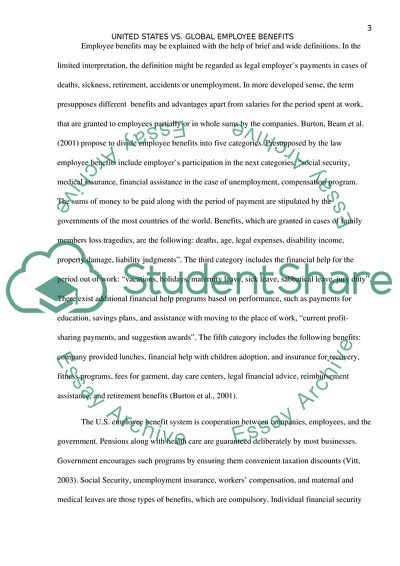Cite this document
(United States Benefits vs Global Employee Benefits Research Paper, n.d.)
United States Benefits vs Global Employee Benefits Research Paper. https://studentshare.org/human-resources/1816463-united-states-benefits-vs-global-employee-benefits
United States Benefits vs Global Employee Benefits Research Paper. https://studentshare.org/human-resources/1816463-united-states-benefits-vs-global-employee-benefits
(United States Benefits Vs Global Employee Benefits Research Paper)
United States Benefits Vs Global Employee Benefits Research Paper. https://studentshare.org/human-resources/1816463-united-states-benefits-vs-global-employee-benefits.
United States Benefits Vs Global Employee Benefits Research Paper. https://studentshare.org/human-resources/1816463-united-states-benefits-vs-global-employee-benefits.
“United States Benefits Vs Global Employee Benefits Research Paper”. https://studentshare.org/human-resources/1816463-united-states-benefits-vs-global-employee-benefits.


